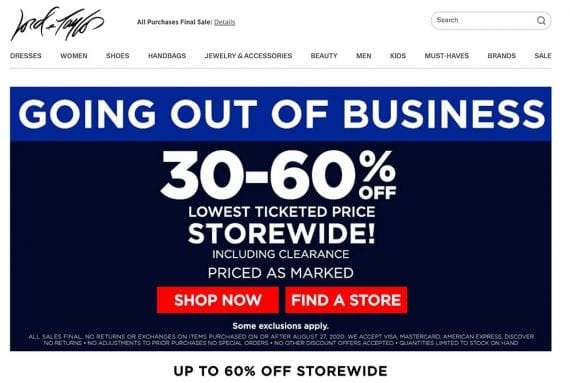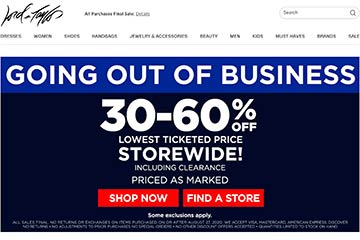The ongoing global pandemic has accelerated retail and B2B trends that make it relatively more difficult for some businesses to survive while upping the competitive bar for the entire ecommerce industry.
These trends include everything from an increase in online sales and the growth of click-and-collect shopping to how software is built and integrated.
“We’ve got two products in the market,” said Peter Sheldon, senior director of commerce strategy at Adobe. “We’ve got Magento Commerce and Adobe Analytics. Between the install base of those two, we collect a huge amount of aggregated data around online behaviors, online retail spend, and so forth.
“And every month we publish what we call our ‘Adobe Digital Economy Index.’ This is our finger on the pulse of what happens with online sales, and it has been really interesting since March versus our forecasts. We were always very accurate on our forecasts. Coming into 2020, we knew exactly what was going to happen under normal circumstances. But what we’ve seen so far since March [is that] online spend in the U.S. has resulted in an extra $107 billion.”
To further make Sheldon’s point, consider recent headlines on Practical Ecommerce.
A Time Machine
Many industry insiders see the explosive ecommerce growth as something of a time machine transporting the industry to some future date in terms of technology and business practices.
“If we ask, ‘What has Covid done over the last 12 months?’ — it has put us in a time machine. Meaning, it has accelerated [ecommerce]. The forecasted growth we had for the shift of retail spend from brick-and-mortar to digital was going to happen anyway. But two-to-three years of forecasted online channel shift and increased spending online was effectively compressed into six months,” said Sheldon. “We’ve just moved forward the inevitable. This was always going to happen; it’s just happened way, way faster.”
The speed of this transition has impacted the entire ecommerce industry.
“Call it a slow hunch,” said Brian Walker, chief strategy officer at Bloomreach, who spoke in early August 2020. “I think many of us expected that digital commerce — the digital experience — was going to continue to grow in importance, and it certainly has. But since Covid began, it went from important to urgent for many companies.”
Investment
Not every business or industry segment was ready to make these sorts of changes.
At-risk companies, if you will, had financial or structural challenges before the pandemic began. These challenges made it relatively more difficult for them to pivot, expand their ecommerce operations, or take on new software projects.
As a result, longstanding retailers such as J.C. Penney, Neiman Marcus, J.Crew, and Lord & Taylor have filed for bankruptcy.
Some of these retailers will emerge from bankruptcy. J.C. Penney, for example, was purchased by its landlords, mall operators Simon Property Group and Brookfield Property Group. Other businesses will not survive. Lord & Taylor was in full liquidation mode at the time of writing.

Lord & Taylor is one of many businesses that will close because of Covid-driven market pressures.
The problem, in part, is investment. “Time traveling” to three years in the future meant that businesses must spend digital-transition funds in just one summer that would have otherwise taken 36 months.
A retailer that had planned to build click-and-collect capabilities over a couple of years had to execute, instead, in a few weeks.
Competitive Advantage
Those companies that were able to invest tended to gain a competitive advantage.
Walmart, which benefited from the types of products it carries and its strong infrastructure, enjoyed a 97-percent increase in ecommerce sales during the fiscal quarter ended June 30, 2020. And, on September 23, the company announced that it would hire 20,000 seasonal workers to help with holiday sales.
Similarly, Target, which has fewer total sales than Walmart, saw a 200-percent increase in ecommerce sales in the second quarter and plans to hire about 130,000 temporary workers for the holidays.
Smaller businesses that were able to invest may have seen similar results.
Elevate
When they make significant improvements in such a short period, already strong B2B brands and retailers raise the bar for everyone.
For example, a new online retailer must compete not just with enterprise ecommerce sellers, but also with newly aggressive in-store merchants that offer click-and-collect, curbside pickup, and home deliveries via Uber or DoorDash. Thus, the pandemic-driven “time machine” might elevate the entire ecommerce industry.







